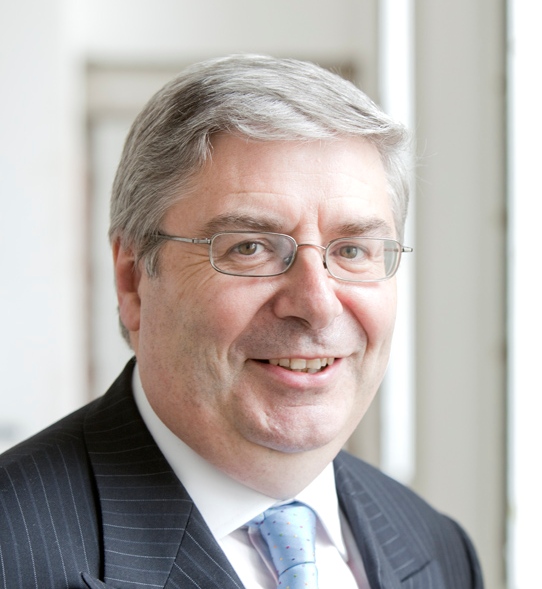There is a revolution going on as new technology enables artists, architects, engineers and designers to create new forms which would previously have been impossible to design, engineer or manufacture. Computers have enabled creative imagination to be unleashed by architects and artists with new forms that can be both simple and sophisticated. This means new skills and new professions, one being the digital craftsman who crosses the boundaries between art, design, materials science, engineering and construction, an approach adopted by Price and Myers Geometrics creating art in the public realm.
Bookshops are no longer just places to browse and buy books. They are reinventing themselves as clubs and business and community hubs with cafes and gallery spaces. The gallery at Foyles in Charing Cross Road, on the Fifth floor next to the café which is buzzing with activity, is curated by FutureCity, aiming to celebrate the “word” in all its forms, often linking to art, design, architecture and engineering, sometimes all at once. The recent exhibition the “New Art of Making” explores digital creativity and fabrication through a number of projects for sculpture, sculptural and engineering forms.
The Pier Head on Southend Pier won in competition by White Arkitekter/Sprunt has a simple lightweight folded roof which gives the building its identity, the Meads Reach Bridge in Bristol by Niall McLaughlin with the engineer Emmanual Verkinderen uses the technology of an aircraft wing to be as light and transparent as possible while reflecting changing light conditions and the Fisherman’s Bridge by Ralph Parker for Church House Estates in the Lake District National Park, built and installed for an astonishing £18k, has proved robust through flooding and has a hollow deck which acts as an amplifier as pedestrians strike the musical uprights.
“Masterclasses in Sitting, The Last Chair Arch” is a sculpture commissioned by Berkeley Homes for their Wye Dene in High Wycombe from and assembled in community construction workshops while Richard Wilson’s 2013 sculpture “Slipstream” in the covered courtyard at Heathrow Terminal 2 twists and turns as it soars like an aircraft 20m above the floor and Tobias Putrih’s “Vertical shell” proposed for the three-storey reception of the redeveloped South Bank Tower is based on the form of an oyster shell from the Thames and is designed to engage with the architecture of the reception area, with adjacent buildings and with people passing in the street. From certain viewpoints it will appear solid; but from other it will appear delicate and translucent.
Foyles and FutureCity are providing a programme of exhibitions which reinforces the bookshop as a centre of debate, discussion and ideas, in addition to the creativity hidden in the 200,000 book titles in the other floors below.








